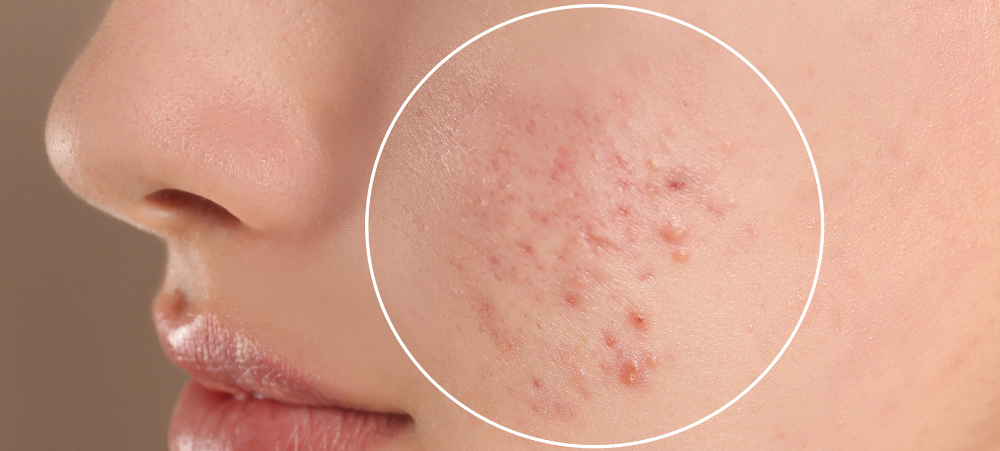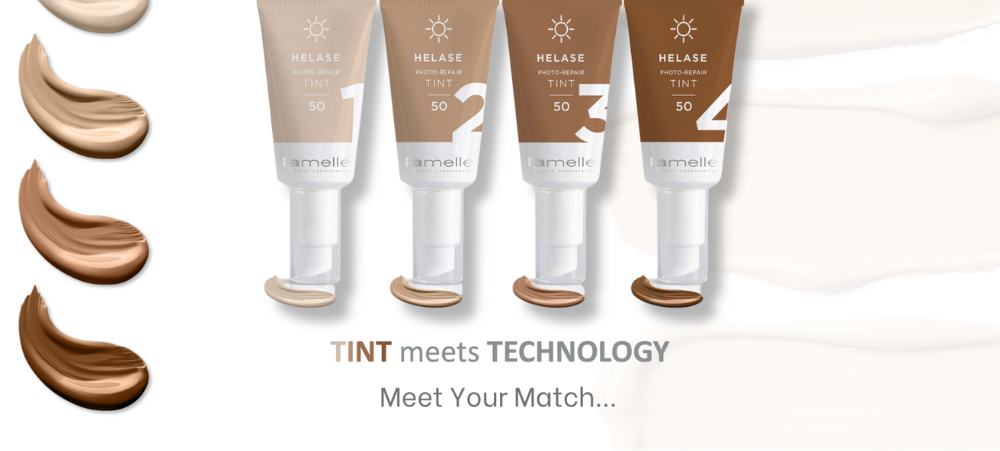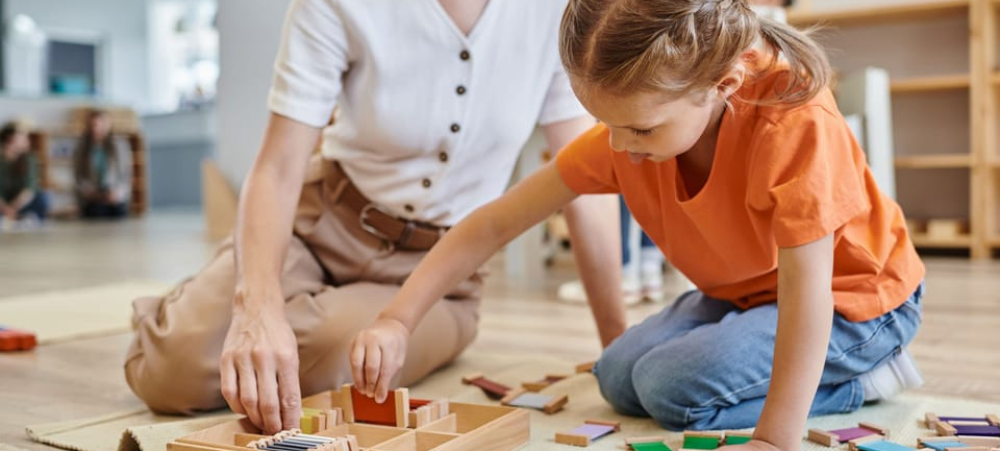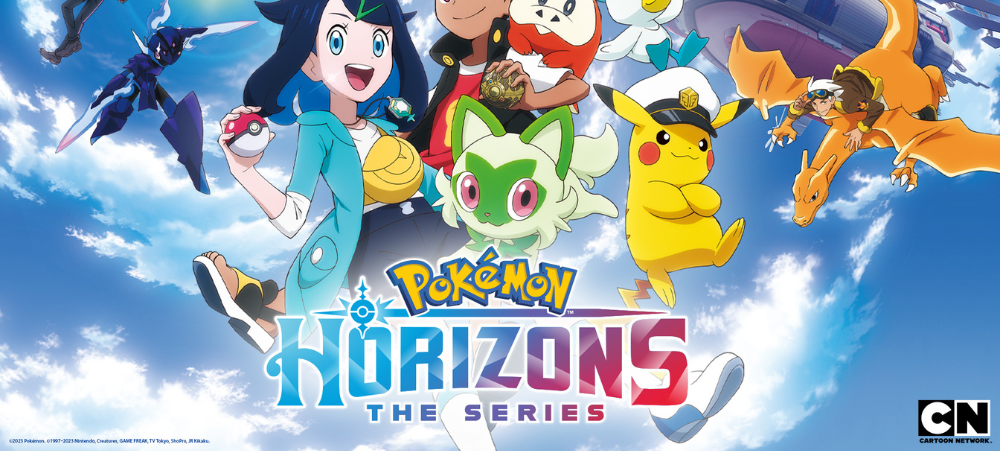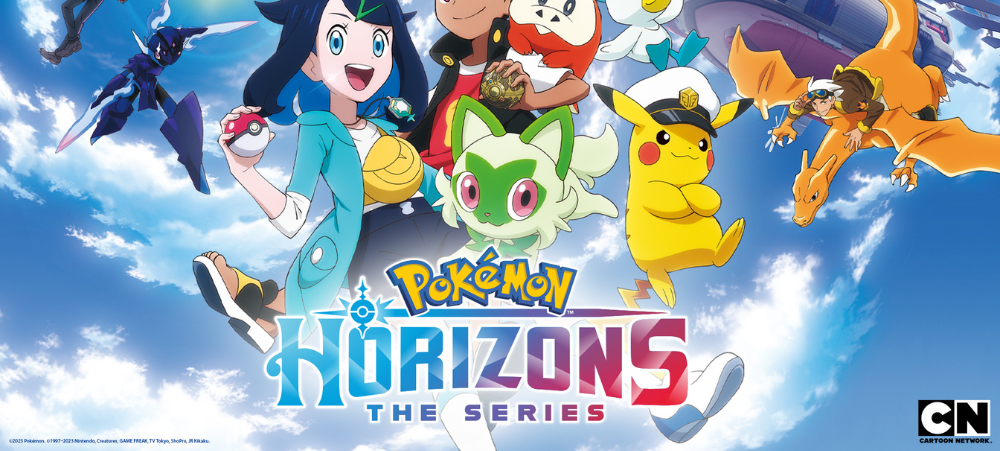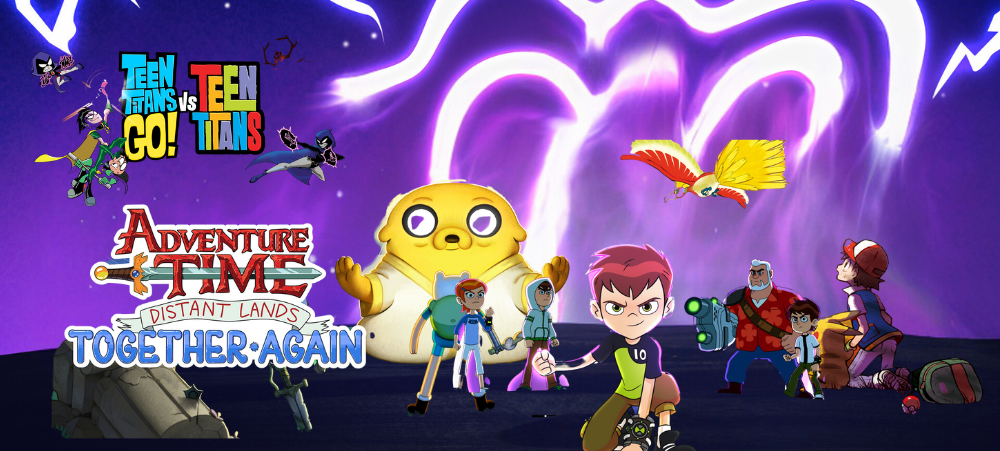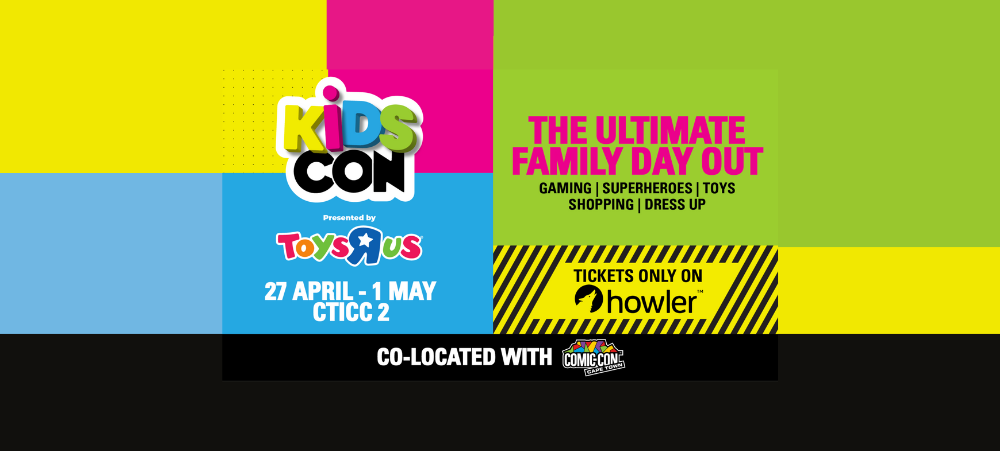
Toys R Us Brings the Ultimate Pop Culture Shopping Experience to Comic Con
Toys R Us is teaming up Comic Con for the most anticipated pop culture event in April. Headlining KidsCon this year to bring all kids and kidults a five-day extravaganza including an unparalleled shopping experience. Get ready to dive into a world where toys and nostalgia collide. KidsCon isn’t just for the little ones – it’s for all the big kids out there too. A paradise for geeks, casual fans, avid toy collectors, and everyone in between. Picture this: everything you love about pop culture, rubbing shoulders with your favourite comic artists, getting starstruck by film and TV celebrities, and witnessing mind-blowing cosplay creations. Step into a nostalgic paradise filled with beloved brands like Star Wars, Funko Pop Harry Potter, Masters of the Universe, Marvel, and DC Superheroes. It’s like stepping into a time machine of childhood memories! The Toys R Us KidsCon experience is going to be a haven for toy lovers of all ages. From a pop-up shop with all the latest trends and collectibles in the expert Fan Vault selection – a treasure trove of nostalgic goodies that will make your inner child squeal with delight, to gaming and tech and tabletop strategy battles – Pokémon, anyone? “We’re incredibly excited to bring Toys R Us to Comic Con as consumers are driven more than ever by experiences and the collectible toy market is no different,” says Catherine Jacoby, Marketing Manager at Toys R Us. “As an expert toy retailer, we’ve seen first-hand how the Kidult market is booming, with millennials leading the charge.” She notes that ComicCon is the perfect playground for Toys R Us to spread the joy of toys, far and wide. “This platform gives us the opportunity to connect with Kidults, adult collectors and share the fun with children in a meaningful way while igniting their imaginations through play.” “Collectible toys are becoming increasingly popular, especially among young consumers aged 15 to 25 and even upwards of 30 and 55 years of age,” she adds. “The so-called ‘kidults’ are fuelling the rapid increase in collectible toys, which are fast becoming big business.” “Market forecasts predict that the toy collectibles market is only getting bigger and better with recent data suggesting that there is plenty of desire to buy in the kidult marketplace,” she adds. “With continued growth in the segment, toy collectibles are being seen as a lucrative investment.” “The toy market globally is responding and devoting more time to cater for collectors’ interests and we’re very excited as South Africa’s leading toy retailer to be able to offer this both in-store, online and through events like Comic Con,” Jacoby adds. “In addition, popular franchises like Star Wars and Marvel contribute to the appeal among adults with classic brands like LEGO continuing to attract children and adults alike.” According to Market Decipher who recently published an analysis and forecast report on the Toy Collectibles Market, the industry has reached a sales volume of USD18 million in 2021 and is expected to jump to over USD40 million by 2032, resulting in an annual growth of over 10 percent. This in fact, Jacoby says means that the booming growth of the toy collectibles market is supported by better returns than gold, art, and financial securities. “Kidults are now responsible for more than one quarter of toy sales globally,” she says. “Comic Con is for everyone interested in pop culture and toys and aims to bring an unforgettable experience to the Mother City in April and then from the 26thto 29th September in Gauteng,” she says. “We’re buzzing about this partnership, so whether you’re a die-hard collector, a big kid at heart or love toys we’re inviting you to come take a journey with us at Comic Con.” “It’s going to be an adventure filled with nostalgia, excitement, and endless fun,” she concludes. For more information visit: www.toysrus.co.za Comic Con Cape Town, featuring KidsCon, is happening at the CTICC 2, from 27 April to 1 May 2024. Tickets are available from R190 on Howler:https://bit.ly/CCCTTickets_2024


